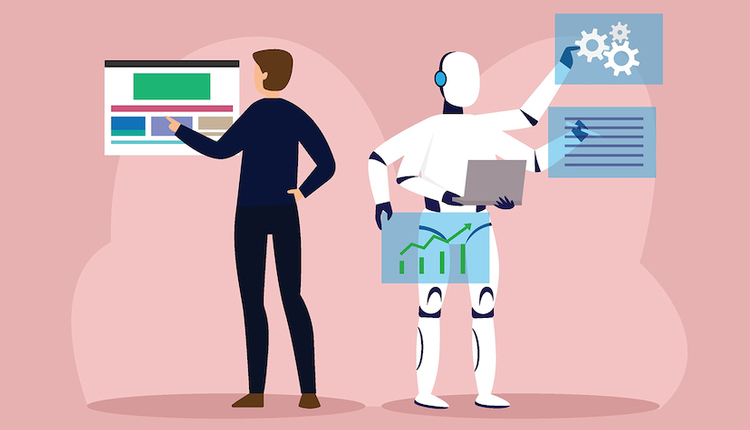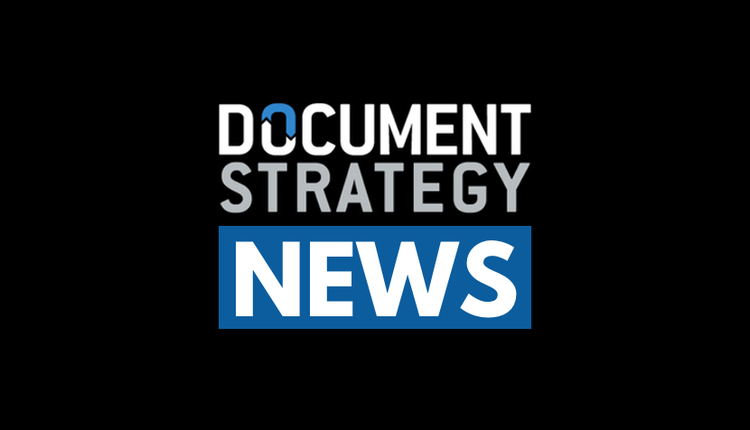
In today's hyper-competitive business world where enterprises are always looking for an edge, AI-powered intelligent automation has rapidly evolved in recent years, starting with robotic process automation (RPA), to now encompassing process mining, intelligent document processing (IDP) and AI-powered services. Keeping this intelligent automation platform and the connected systems secure and reliable is not just a goal, but a business imperative.
RPA has proven that bots can automate common repetitive tasks such as adding or removing employee access or extracting and transferring data between different systems. At the same time, RPA delivers tighter process controls by removing human interaction. This includes risks such as incorrect access permission granted, exposed data transfer locations or employees using non-corporate email addresses for business.
However, with the increasing complexity of digital systems and automated processes that rely on thousands of bots designed in RPA tools from UiPath, Blue Prism, Automation Anywhere, Microsoft, Hyland and Kofax, the constant challenge still is how best to monitor, observe and act that protects the systems, processes and data that both digital workers (bots) and humans are deeply connected with.
Historically, security and IT operations teams have worked largely within their own domain, with their own separate dedicated tools and processes. But today, with an ever-increasing use of RPA bots within every large enterprise, driven by the demand that intelligent automation teams face from pressing business needs, monitoring and observing the use of RPA and the users involved is often done through a patchwork of tools creating risks and potential bad outcomes for the organization.
RPA drives greater operational efficiency and tighter process controls
RPA is a key technology pillar to every intelligent automation strategy given its low-code design to automating manual repetitive tasks. It provides the ability to close the gap in automation where traditional business process automation tools fall short and modern/legacy systems or outside process influences cause humans to perform manual work. By replacing human manual tasks with automated bots, companies are not only able to improve operational efficiency and reduce costs but also put tighter controls around the processing of sensitive data.
The benefits of bots include fewer mistakes, and they generally do exactly what you want them to do with minimal intervention. On the other hand, humans can and will make mistakes eventually and in worst case scenario complete work that could put your company and data at risk.
Are your bots secure?
There are several challenges enterprises have faced with deploying RPA which prevent companies from scaling their RPA usage and achieving greater benefits. These include having proper performance oversight of complex bot processes that often work tandem with other automation tools, ensuring bots stay in compliance with regulatory rules, and securing the usage of bots when it comes to accessing systems and sensitive data.
Security around the use of RPA continues to be one of the biggest challenges, and when left unchecked, this facet can cause harm to your business. The security challenges arise with new integration opportunities resulting in more exposure, unauthorized changes to bot processes, violating compliance rules and the mishandling of sensitive data. Security weak link: is it humans, bots or both? If RPA bots can perform virtually any repetitive human task like moving data in and out of systems, or manipulating data in an excel spreadsheet, could bots replace all human activity? The reality is humans and bots often work together, where humans handle exceptions as part of human-in-the-loop activities or perform tasks that are less predictable and require humans to apply cognitive decision making. There is a balance today between what automated bots can do and where humans must step in. Robotic process automation is designed to perform with and without interaction from human workers; it's important to implement proper monitoring, logging and observability controls to ensure bots and the humans interacting with the bots are performing work in a secure environment.
Security questions that you need to know
Robotic process automation security is a topic of increasing importance for organizations looking to implement RPA on a wide scale. With governance and oversight of an RPA system, there are several key questions security operations are going to want to know. As a self-assessment, IT operations who provide oversight of the RPA program should be able to answer questions like these:
1. Has a bot been compromised and now showing an attempt to access new application targets?
2. Can we do a full audit trail of what these bots have done?
3. Are bots properly using credentials and access rights?
4. What permissions levels do these bots have, and have any bots had their permissions elevated?
5. What user activity has occurred with the creation of or update of bots?
6. Can I audit human activity alongside the bot?
Unfortunately, observing and monitoring RPA bots and the processes can often be a patchwork of reports, incomplete audit trails and non-specific tools that do not give security operations a level of detail required. You may have governance rules in place, but do you have the oversight to enforce? Let’s face it, security operation teams are often overloaded and need an automated approach to monitoring that builds confidence amongst the operations and business teams.
Monitor your bots and the employees interacting with them
RPA alone cannot eliminate the human security weakness in enterprises, but RPA with the right monitoring and observability tool in place can help reduce risks around bot automation, and at the same time monitor employees involved in the implementation and use of bots. Securing operations requires a centralized approach to monitoring and reporting on robot and human activity. Both humans and bots must be held accountable for their work since both the human and digital worker may require access to sensitive business data.
*Automatically capture and report on all audit events where bots are accessing numerous systems and performing critical tasks.
*Monitor user activity across the RPA platform to maintain compliance, enforce platform governance, build transparency and empower DevOps and security teams with the insight needed to maintain a secure environment.
*Monitor bot configuration changes like new access granted to systems, eliminating the blind spots in access control.
*Monitor user activity of humans on the RPA application platform to better understand the activities humans are performing. This creates an audit trail and reporting that can be looked back at in the event of suspicious activity.
By capturing and reporting on all bot and human activity within RPA processes, businesses can grow their use of RPA without sacrificing security.
RPA is here to stay and will help eliminate risks or errors caused by human workers. However, every enterprise organization must be implementing outside monitoring and observability tools that connect directly into the RPA platform which will help identify issues before impact, notify personnel when problems arise and provide remediation based on security rules.
It is an exciting time for automation in businesses, and RPA has proven to deliver significant benefits. The next wave of automation around advanced use of artificial intelligence (AI) is already here, which is opening a new frontier to automation while raising security concerns and risk. What will you do to monitor and observe the use of these new AI business services? Get prepared now.
Bill Galusha is the B2B Technology Marketing Consultant of WCG Marketing, LLC and an AI document process industry veteran. He has held senior product marketing roles at ABBY, EMC, and others, and been instrumental in launching and communicating products in the space of RPA, IDP, AI and more. Bill is a consultant currently working with Reveille Software, the preferred solution for managing and monitoring business-critical Enterprise Content Management (ECM) and Robotic Process Automation (RPA) systems.














